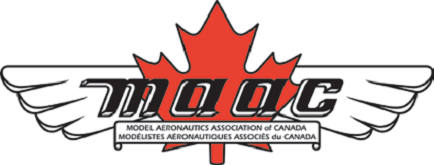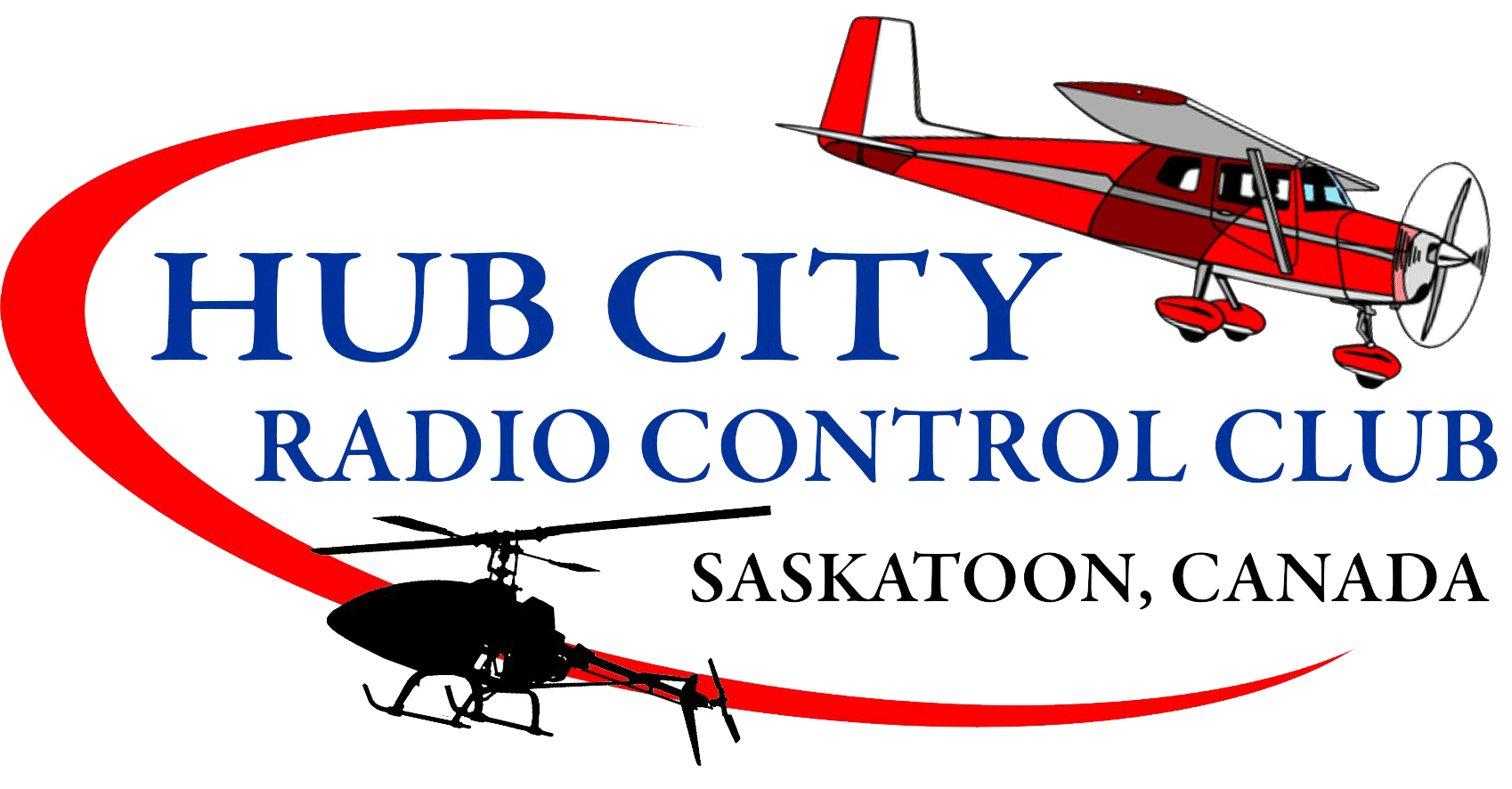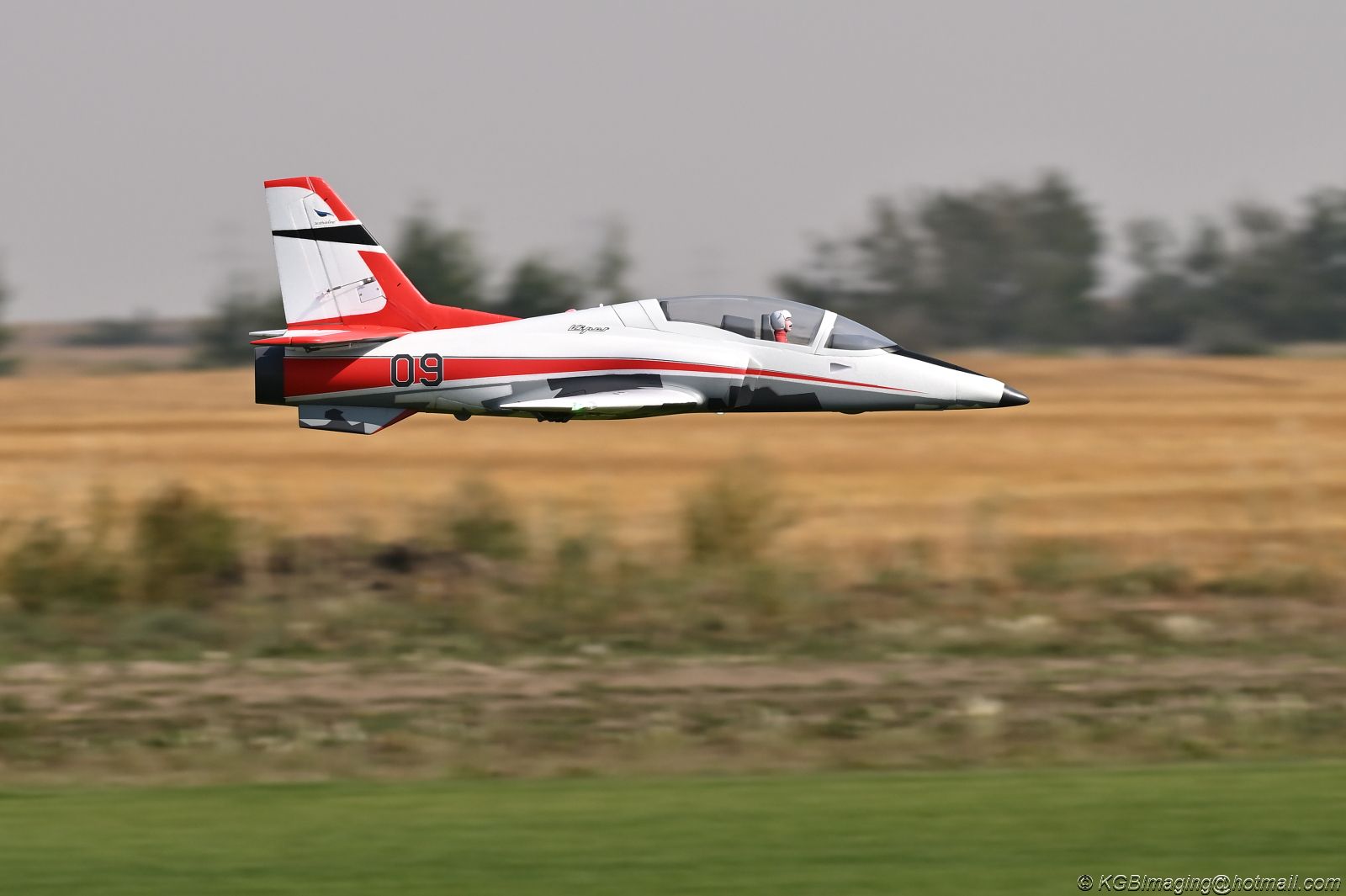News:
If you have questions, post them here by clicking on NEW TOPIC:
http://hcrcc.org/smf/index.php?board=49.0?board=49.0
 |
|
 |
Members
 Total Members: 174
Total Members: 174 Latest: Chris Samoila
Latest: Chris Samoila
Stats
 Total Posts: 6433
Total Posts: 6433 Total Topics: 6263
Total Topics: 6263 Online today: 23
Online today: 23 Online ever: 647
Online ever: 647- (May 15, 2024, 12:03:29 PM)
Users Online
 Users: 0
Users: 0 Guests: 20
Guests: 20 Total: 20
Total: 20Hub City Radio Control Club
Wings Program - Flight Training
Advice to the students
Introduction
The Hub City Radio Control Club welcomes you to the fascinating world of radio control modelling. Perhaps you took you most important step sometime ago. This was your decision to invest time and money in the idea of flying model aircraft. You may have wondered then whether this was a wise thing to do since you could not be sure that you would enjoy flying radio controlled model aircraft. Let us assure you that once you begin to operate your own aircraft there are very few experiences like it. Many thousands of MAAC members and modelers worldwide have found that this is not just a hobby. This is a life long passion.
This will be an exciting period for both you and the instructor who will be called upon to help you get started. You should be aware that it may take you some 10-30 hours to be proficient enough to fly safely on your own. An average flight is in the order of ten minutes. On a typical flying day you can get as many as 6-7 flights in safely on your battery pack. It is easy to see that you will need some 60-180 flights depending on your natural ability. If you can only get to the field on weekends you can expect that to learn to fly is not likely to be less than six weeks and is more likely to be in the order of four months. This assumes that you are consistent in pursuing your objectives and remember that suitable flying weather is also a major consideration. This can be a frustrating time for many students who quickly become aware of their lack of skill. You must persevere to pass this hurdle.
It is presumed that you are at the point of committing yourself and your aircraft to the ultimate test. Things may be very intimidating to you at this stage. You are about to try out an aircraft that is a total unknown in which you have invested many of your personal dreams and ambitions. You will be apprehensive about damage to your aircraft regardless that aircraft identical to yours at the flying field are working perfectly. Some of these aircraft are immaculate works of craftsmanship and they may tempt you to compare these with your own efforts. Don't. The purpose of your first plane is to learn to fly. The superb look and finish of an aircraft are secondary to whether this aircraft is in a flight worthy condition. Our concern, and yours, should be over this factor.
At the flying field you will be dealing with a group of strangers who may appear to be blissfully unaware of your existence, if not actually ignoring you. Do not let this discourage you! Each of them went through much of the same sort of thing as you are going through now. Each of them was a stranger to the group at some point or other. As a new member both MAAC and our club members are pleased to see you at the field. The older and more experienced members are often into different phases of the hobby and may have progressed to having only a passing interest in trainer aircraft. This is deceiving since these same flyers will watch your progress very closely and will surprise you by offering their congratulations when you pass critical stages in your learning.
Your most important activity or concern at this point is probably regarding an instructor, which leads us to the purpose of this information. That is to tell you some things about what an instructor can, and perhaps cannot, do for you. Knowing some of these facts, may ease your concerns and will help you get started.
The instructor's role in the club
You must first understand that our instructors are volunteers. They have been picked as a club instructor based on two factors. The first and most important is their flying ability. The second is the willingness of that individual to accept the responsibility of becoming an instructor for the club. In assessing the instructor's ability, MAAC and HCRCC do not expect the most proficient flyers to join the ranks of instructors. The instructor will be capable of handling trainer type aircraft that work reasonably well. Also, before being nominated, HCRCC requires that instructors have their "C" or "B" rating. Some pilots or instructors will test fly your scale or super speed job or anything else you might possess but this is not the job of the instructor for our purposes.
It is equally important to realize that there are limits to everyone's ability. Given a reasonable situation, the instructor will be able to pre-flight, test, take off, fly and land your aircraft under control ensuring that there is no damage to the aircraft. An aircraft that is out of balance, unstable due to construction faults, engine malfunctions and finally radio problems add a great deal of uncertainty to any flight. Most problems with an aircraft are experienced within the first few flights. Under these circumstances there is little that any pilot can do, but usually if anything can be done, it will be done by the instructor. This may not prevent a crash but it will lessen any damage caused.
The HCRCC Wings and Rotors programs(latter part of our Member's Manual
The HCRCC Wings program closely follows the format suggested by MAAC. The Rotors program has been developed from the Wings program and has been adapted for helicopter flight training. Members can achieve three ratings: "A" wings, "B" wings and "C" wings. As a beginner, you must not fly unassisted (solo) at our field until you have successfully completed the "A" wings exam.
In the Rotors program you may achieve a 1/2A rating which allows unassisted hovering in the hover pad area only.The wings/rotors programs have been developed to aid the beginner in achieving a basic proficiency in radio control flying and encourages them to continue improving their skills to achieve more than just a minimal flying level.
Wings/Rotors: To achieve a solo pilot rating, the student is expected to progress through several formal phases or steps to earning his "Wings" or "Rotors" or can demonstrate an equivalent capability.
Pre-flight. All aircraft must be inspected before its first flight. You must rectify all construction and equipment fitment problems before it can be flown. Your instructor will advise you what needs to be done to make your aircraft airworthy.
Basic skills. This includes all flying activity of basic maneuvers. The student must display acceptable control in left and right-hand turns, rectangular approaches, circles in both directions and figure eights. For the Rotors program, proficient hovering ability is also a must.
Students must be proficient in these maneuvers before commencing the next level.
Solo flight. This level includes all other activities but has its main emphasis on take off, landing, and positive control in flight. Once the student has displayed acceptable safe control of the aircraft in take off and landing in both directions, the instructor may suggest the student take the "A" exam.
Pre-Flight Inspections
Your instructor will insist on a pre-flight inspection of your aircraft, even if another club member has inspected your aircraft. You should bear this thought in mind: If any instructor feels that you should change or rebuild some aspect of your aircraft, he is doing it from his knowledge or experience which tells him that it needs to be done. He is protecting your investment to the best of his ability regardless of whether it means that you do not fly that day.
Pre-flight inspections of new aircraft work from one end of the aircraft to the other, inside and out. It must be acceptable in all areas. Hinges/linkages must be tested, wings/rotors and fuselage/mechanics for warped, bent, or loose parts, the aircraft for balance and a host of other things. If he finds that the elevator hinges are loose with a simple pull test, for example, then it may break off in flight and will ultimately destroy your aircraft. The pre-flight inspection will test all mechanical aspects of your installation. If it does not meet minimum standards, the instructor will not fly it. Period. A radio range check must be carried out on all new aircraft before the first flight and should be continued each time you arrive at the field as required by the MAAC Safety Code.
Wings Program - Flight Training
Advice to the students
Introduction
The Hub City Radio Control Club welcomes you to the fascinating world of radio control modelling. Perhaps you took you most important step sometime ago. This was your decision to invest time and money in the idea of flying model aircraft. You may have wondered then whether this was a wise thing to do since you could not be sure that you would enjoy flying radio controlled model aircraft. Let us assure you that once you begin to operate your own aircraft there are very few experiences like it. Many thousands of MAAC members and modelers worldwide have found that this is not just a hobby. This is a life long passion.
This will be an exciting period for both you and the instructor who will be called upon to help you get started. You should be aware that it may take you some 10-30 hours to be proficient enough to fly safely on your own. An average flight is in the order of ten minutes. On a typical flying day you can get as many as 6-7 flights in safely on your battery pack. It is easy to see that you will need some 60-180 flights depending on your natural ability. If you can only get to the field on weekends you can expect that to learn to fly is not likely to be less than six weeks and is more likely to be in the order of four months. This assumes that you are consistent in pursuing your objectives and remember that suitable flying weather is also a major consideration. This can be a frustrating time for many students who quickly become aware of their lack of skill. You must persevere to pass this hurdle.
It is presumed that you are at the point of committing yourself and your aircraft to the ultimate test. Things may be very intimidating to you at this stage. You are about to try out an aircraft that is a total unknown in which you have invested many of your personal dreams and ambitions. You will be apprehensive about damage to your aircraft regardless that aircraft identical to yours at the flying field are working perfectly. Some of these aircraft are immaculate works of craftsmanship and they may tempt you to compare these with your own efforts. Don't. The purpose of your first plane is to learn to fly. The superb look and finish of an aircraft are secondary to whether this aircraft is in a flight worthy condition. Our concern, and yours, should be over this factor.
At the flying field you will be dealing with a group of strangers who may appear to be blissfully unaware of your existence, if not actually ignoring you. Do not let this discourage you! Each of them went through much of the same sort of thing as you are going through now. Each of them was a stranger to the group at some point or other. As a new member both MAAC and our club members are pleased to see you at the field. The older and more experienced members are often into different phases of the hobby and may have progressed to having only a passing interest in trainer aircraft. This is deceiving since these same flyers will watch your progress very closely and will surprise you by offering their congratulations when you pass critical stages in your learning.
Your most important activity or concern at this point is probably regarding an instructor, which leads us to the purpose of this information. That is to tell you some things about what an instructor can, and perhaps cannot, do for you. Knowing some of these facts, may ease your concerns and will help you get started.
The instructor's role in the club
You must first understand that our instructors are volunteers. They have been picked as a club instructor based on two factors. The first and most important is their flying ability. The second is the willingness of that individual to accept the responsibility of becoming an instructor for the club. In assessing the instructor's ability, MAAC and HCRCC do not expect the most proficient flyers to join the ranks of instructors. The instructor will be capable of handling trainer type aircraft that work reasonably well. Also, before being nominated, HCRCC requires that instructors have their "C" or "B" rating. Some pilots or instructors will test fly your scale or super speed job or anything else you might possess but this is not the job of the instructor for our purposes.
It is equally important to realize that there are limits to everyone's ability. Given a reasonable situation, the instructor will be able to pre-flight, test, take off, fly and land your aircraft under control ensuring that there is no damage to the aircraft. An aircraft that is out of balance, unstable due to construction faults, engine malfunctions and finally radio problems add a great deal of uncertainty to any flight. Most problems with an aircraft are experienced within the first few flights. Under these circumstances there is little that any pilot can do, but usually if anything can be done, it will be done by the instructor. This may not prevent a crash but it will lessen any damage caused.
The HCRCC Wings and Rotors programs(latter part of our Member's Manual
The HCRCC Wings program closely follows the format suggested by MAAC. The Rotors program has been developed from the Wings program and has been adapted for helicopter flight training. Members can achieve three ratings: "A" wings, "B" wings and "C" wings. As a beginner, you must not fly unassisted (solo) at our field until you have successfully completed the "A" wings exam.
In the Rotors program you may achieve a 1/2A rating which allows unassisted hovering in the hover pad area only.The wings/rotors programs have been developed to aid the beginner in achieving a basic proficiency in radio control flying and encourages them to continue improving their skills to achieve more than just a minimal flying level.
Wings/Rotors: To achieve a solo pilot rating, the student is expected to progress through several formal phases or steps to earning his "Wings" or "Rotors" or can demonstrate an equivalent capability.
Pre-flight. All aircraft must be inspected before its first flight. You must rectify all construction and equipment fitment problems before it can be flown. Your instructor will advise you what needs to be done to make your aircraft airworthy.
Basic skills. This includes all flying activity of basic maneuvers. The student must display acceptable control in left and right-hand turns, rectangular approaches, circles in both directions and figure eights. For the Rotors program, proficient hovering ability is also a must.
Students must be proficient in these maneuvers before commencing the next level.
Solo flight. This level includes all other activities but has its main emphasis on take off, landing, and positive control in flight. Once the student has displayed acceptable safe control of the aircraft in take off and landing in both directions, the instructor may suggest the student take the "A" exam.
Pre-Flight Inspections
Your instructor will insist on a pre-flight inspection of your aircraft, even if another club member has inspected your aircraft. You should bear this thought in mind: If any instructor feels that you should change or rebuild some aspect of your aircraft, he is doing it from his knowledge or experience which tells him that it needs to be done. He is protecting your investment to the best of his ability regardless of whether it means that you do not fly that day.
Pre-flight inspections of new aircraft work from one end of the aircraft to the other, inside and out. It must be acceptable in all areas. Hinges/linkages must be tested, wings/rotors and fuselage/mechanics for warped, bent, or loose parts, the aircraft for balance and a host of other things. If he finds that the elevator hinges are loose with a simple pull test, for example, then it may break off in flight and will ultimately destroy your aircraft. The pre-flight inspection will test all mechanical aspects of your installation. If it does not meet minimum standards, the instructor will not fly it. Period. A radio range check must be carried out on all new aircraft before the first flight and should be continued each time you arrive at the field as required by the MAAC Safety Code.





